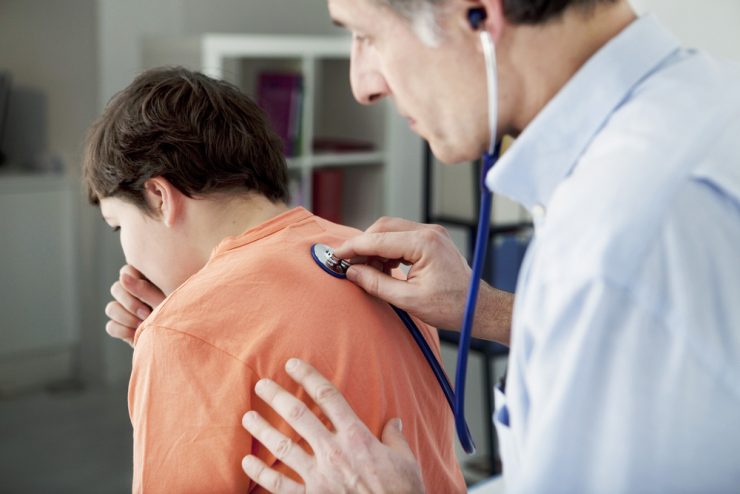The condition where any one of the bone gets cracked or the bone breaks is known as fracture.
A fracture can be:
transverse fracture – straight break
oblique fracture – slanting break
spiral fracture – winding break
The fracture can also be longitudinal fracture, which runs on the bone shaft or it can be a comminuted fracture, where the bone gets shattered into tiny pieces.
Greenstick fracture is a condition commonly seen in children where one bone bends on another, rather than getting fractured.
Fracture can be an avulsion fracture where a bone piece gets detached from the main bone due to tearing off of tendon. It can also be a compression fracture occurs due to the collapse of a spongy bone of the spine.
If the skin present over the bone is not broken, then it is called a closed or simple fracture. A compound fracture occurs when the fractures occurs due to an open wound on the skin.
In complicated fracture, the nerves, blood vessels etc lying near the bone that had the fracture will also be affected.
In some cases, the fractured bone fragments drive into each other. This is called impacted fracture.
Symptoms
The general symptoms of a fracture are:
- Swelling and pain at the point of fracture
- Discolouration of the skin over the joint or bone
- bruising of the skin over the bone
- angulations of the limbs or the part of the body subjected to fracture
- immobility of the injured part
- unable to give pressure to injured part
- creptius, which is the grinding feeling of the joint or bone
A person who is suffering from fracture can feel clammy, pain and dizzy due to pain.
Causes
Fractures can occur due to repeated strains and stresses. These fractures are called stress fractures.
In certain cases, fracture can happen due to a physical injury resulting from car accident or a fall. If a bone is weak because of a particular disease like cyst or tumour, it can also cause fracture. These types of fracture are called pathological fractures.
Treatment
The first step of treating a fracture is the alignment of the broken bones. This procedure which is done under general anaesthesia is called fracture reduction. It can be done by a surgery or by traction.
After aligning the bones, they must be immobilised so as proper healing occurs. Immobilisation can be done in many ways like using
resin casts
plastic casts
plaster casts
intramedullary nails
external fixing devices like using steel rods.
The complicated and compound fractures are repaired by performing surgery.
There will be cases where fractures do not heal. In such situations, physical field therapy is used.
Complications
A compound fracture can cause infection to the bones as well as bone marrow. In certain cases, the infection becomes chronic. Such a state is called osteomyelitis. This must be treated in a hospital using antibiotics.
In cases where fractures do not heal or take a longer time, blood loss occurs from the bones causing the death of the bone. This condition is called avascular neurosis. Surgeries may be advised in these situations.













